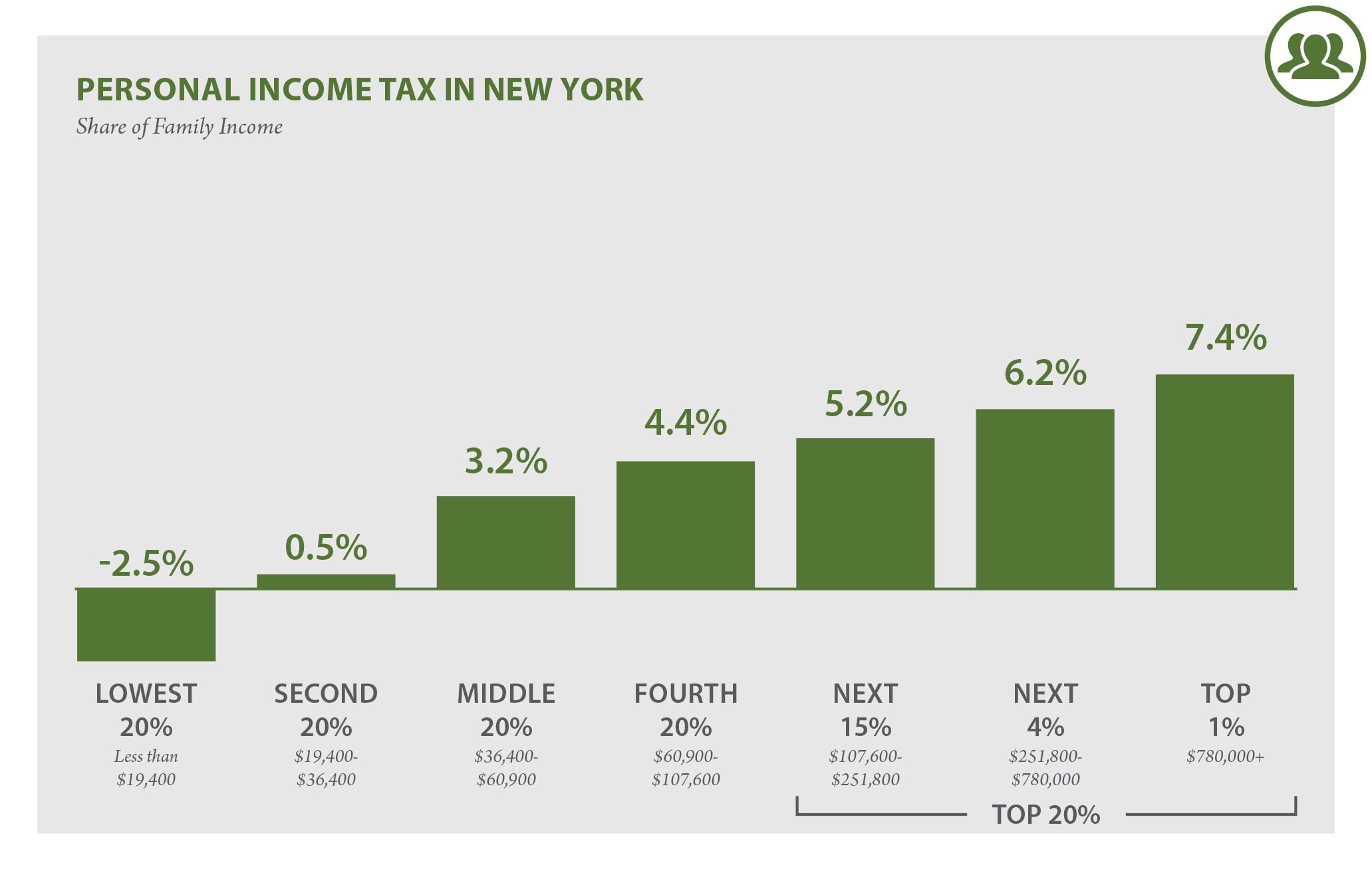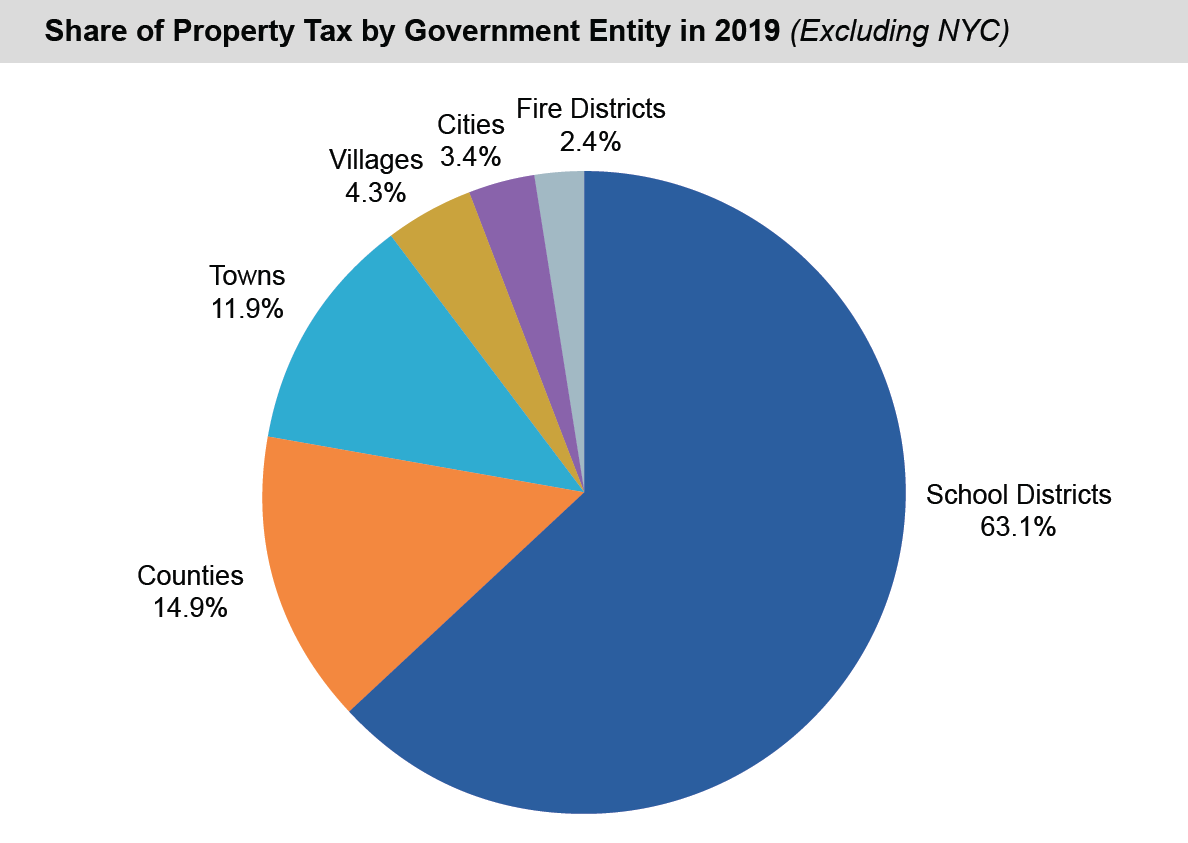Understanding New York State taxable income rate is crucial for both residents and businesses. The tax system in New York is complex, but it ensures fair contributions from its taxpayers. Whether you're filing as an individual or a corporation, knowing the rates and regulations will help you plan your finances effectively.
Taxation plays a significant role in shaping the financial landscape of any state. In New York, the state taxable income rate impacts various aspects of life, from personal budgeting to business planning. As one of the most populated and economically vibrant states in the U.S., New York's tax policies are designed to support public services and infrastructure.
This article aims to provide a detailed overview of New York State's taxable income rates, including the latest updates, brackets, and essential considerations. By the end of this guide, you'll have a clear understanding of how these rates affect your financial situation and how to navigate them efficiently.
Read also:Health Connector Bill Pay Revolutionizing Healthcare Payments
Table of Contents
- Overview of New York State Taxable Income Rate
- Income Tax Brackets for Individuals
- Corporate Tax Rates in New York State
- Understanding Filing Status and Its Impact
- Deductions and Credits Available
- Penalties for Late or Incorrect Filings
- Federal vs. State Tax Differences
- Recent Tax Reforms and Updates
- Resources for Taxpayers
- Conclusion and Call to Action
Overview of New York State Taxable Income Rate
New York State taxable income rate refers to the percentage of income that residents and businesses are required to pay to the state government. These rates vary depending on several factors, including income level, filing status, and type of entity. The state uses a progressive tax system, meaning that higher income levels are taxed at higher rates.
The New York State Department of Taxation and Finance oversees the collection and administration of these taxes. Understanding the basics of the state's tax system is essential for ensuring compliance and optimizing financial planning.
In recent years, New York has implemented various reforms to address economic challenges and improve tax equity. These changes impact both individual and corporate taxpayers, making it important to stay informed about the latest regulations.
Income Tax Brackets for Individuals
Understanding Tax Brackets
Tax brackets define the range of income subject to specific tax rates. In New York, individual income tax brackets are structured progressively, with higher rates applied to income above certain thresholds. Here's a breakdown of the current tax brackets:
- Income up to $8,500: 4% tax rate
- Income between $8,501 and $11,700: 4.5% tax rate
- Income between $11,701 and $13,900: 5.25% tax rate
- Income between $13,901 and $21,800: 5.9% tax rate
- Income above $21,801: higher rates apply
These brackets are subject to change based on legislative updates and economic conditions. It's important to consult the latest guidelines from the Department of Taxation and Finance for the most accurate information.
Read also:When Was Slavery Abolished A Comprehensive Look At Its History And Impact
Corporate Tax Rates in New York State
Corporate Tax Structure
Businesses operating in New York are subject to corporate income tax, which is calculated based on their net income. The standard corporate tax rate is 6.5%, but additional surcharges may apply depending on the company's size and location.
For example, corporations with income exceeding $5 million may face an additional Metropolitan Commuter Transportation District (MCTD) surcharge of 0.34% to 0.90%. These surcharges help fund transportation infrastructure in the New York City area.
Small businesses with limited income may qualify for reduced rates or exemptions, depending on their structure and revenue levels. Understanding these nuances is critical for effective tax planning.
Understanding Filing Status and Its Impact
Types of Filing Status
Your filing status determines the tax rates and deductions applicable to your income. In New York, common filing statuses include:
- Single
- Married Filing Jointly
- Married Filing Separately
- Head of Household
Each status has its own set of tax brackets and allowances, which can significantly impact your overall tax liability. For instance, married couples filing jointly often benefit from lower rates compared to those filing separately.
Choosing the right filing status is crucial for maximizing deductions and minimizing tax burden. Consult a tax professional if you're unsure about the best option for your situation.
Deductions and Credits Available
Key Deductions and Credits
New York offers various deductions and credits to help reduce taxable income and lower overall tax liability. Some notable options include:
- Itemized Deductions: Allow taxpayers to deduct specific expenses, such as mortgage interest, charitable contributions, and state/local taxes.
- Standard Deduction: Provides a fixed deduction amount for those who do not itemize.
- Child Tax Credit: Offers credits for qualifying dependents.
- Education Credits: Helps offset costs related to higher education.
These deductions and credits can significantly impact your tax return, so it's important to explore all available options. Refer to the New York State Tax Guide for detailed information on eligibility and application processes.
Penalties for Late or Incorrect Filings
Avoiding Penalties
Failing to file or pay taxes on time can result in significant penalties and interest charges. The New York State Department of Taxation and Finance imposes penalties for:
- Failure to File: 5% of unpaid tax per month, up to a maximum of 25%.
- Failure to Pay: 0.5% of unpaid tax per month, with no maximum limit.
- Inaccurate Filings: Additional penalties for intentional underreporting or fraud.
To avoid these penalties, ensure timely submission of tax returns and accurate reporting of income. If you anticipate difficulties meeting deadlines, consider requesting an extension or consulting a tax advisor.
Federal vs. State Tax Differences
Key Differences
While federal and state taxes share some similarities, there are notable differences in rates, deductions, and filing requirements. For instance:
- Federal tax rates are generally higher but offer more standardized brackets.
- New York State taxes include additional surcharges for certain areas.
- State-specific deductions and credits may not be applicable at the federal level.
Understanding these distinctions is vital for optimizing tax strategies and ensuring compliance with both federal and state regulations.
Recent Tax Reforms and Updates
Impact of Recent Changes
In recent years, New York has implemented several tax reforms aimed at improving equity and addressing economic challenges. Key updates include:
- Increased tax credits for low- and middle-income families.
- Expansion of small business tax incentives.
- Adjustments to tax brackets to account for inflation.
These changes reflect the state's commitment to supporting its residents and fostering economic growth. Staying informed about these updates is crucial for adapting to the evolving tax landscape.
Resources for Taxpayers
Where to Find Help
Several resources are available to assist taxpayers in navigating New York's tax system. Consider the following:
- New York State Department of Taxation and Finance website: Offers comprehensive guides, forms, and calculators.
- Tax professionals: Provide personalized advice and support for complex filings.
- Community organizations: Offer free or low-cost tax preparation services for qualifying individuals.
Utilizing these resources can help ensure accurate filings and maximize available benefits. Don't hesitate to seek assistance if you encounter challenges during the tax process.
Conclusion and Call to Action
In conclusion, understanding New York State taxable income rate is essential for effective financial planning and compliance. By familiarizing yourself with tax brackets, deductions, and recent reforms, you can optimize your tax strategy and minimize liabilities. Remember to stay updated on legislative changes and consult reliable resources for guidance.
We encourage you to take action by reviewing your tax situation, exploring available deductions, and seeking professional advice if needed. Share this article with others who may benefit from the information, and explore additional content on our website for further insights into personal and business finance.


